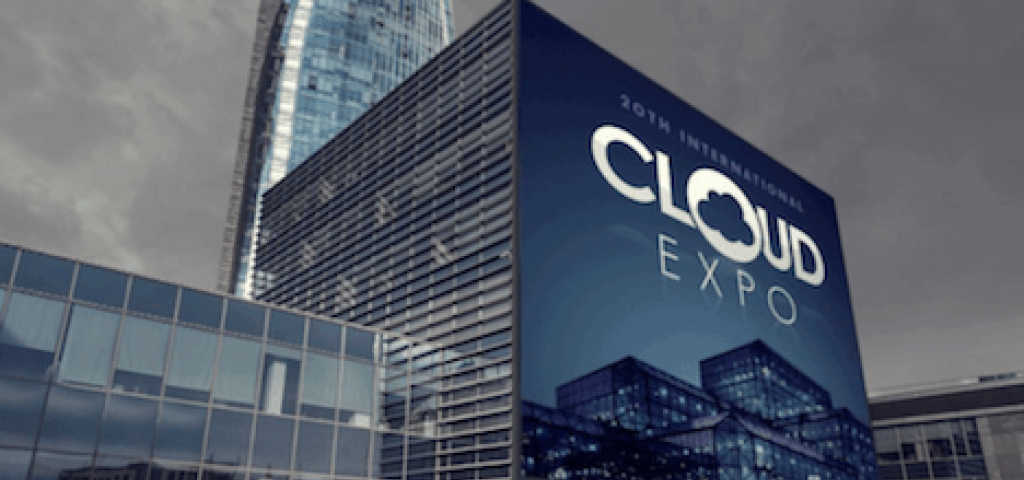
Insights from Cloud Expo NYC

I recently had the pleasure to attend and present at the Cloud Computing Expo in New York City.
The event was co-located with the DevOps and IoT events, and many of the attendees had an IT (Information Technology) background, whereas my background resides in the OT (Operational Technology) realm. Despite the differences between IT and OT, many of the same challenges exist in both domains. It was recognized by many of the attendees that a convergence between IT and OT is happening now and we all need to be ready for it.
There were several sessions on the topic of “fluid computing” including my presentation on the second day. Those from the IT side discussed hybrid cloud which provided elasticity of workloads between an “on-premise” fog computing platform and an “off-premise” cloud computing platform. The distinction between the two can be blurry. Fog can actually comprise of multiple physical locations while cloud does not necessarily need to be a “public” cloud. I like to refer to the distinction between two is that the fog computing platform is usually within the domain of a corporation or entity (such as a physical plant or factory) and within the “firewall” boundaries of the internet. Fog is usually serviced by high speed connectivity such as 10G ethernet links. The cloud is external to the entity, usually requires transversal of a firewall, and offers a slower connection. The cloud is touted as having “boundless” compute power that can grow as needed while the fog has a pre-defined compute power, but additional hardware can be added later if required.
For the OT space, discussions quickly revolve around the edge and edge computing. In the OT world, we define edge as the last piece of hardware and software that will interact with the physical world, such as sensors, actuators, controllers, etc. This may be Programmable Logic Controllers (PLCs) or other purpose-built intelligent hardware that can be using ARM or Intel-based processors. Usually these devices have cost, power, and heat dissipation requirements, and can reside in a more rugged environment. The industry is now referring to these devices as the “Mist.” I quickly learned that the term edge is an overloaded word. For those from the IT world, edge refers to the “edge of the Internet” or the first devices that the internet interacts with on-premise or the edge of a cellular network such as mobile edge computing.
A common theme that I heard was the desire to use “open software,” especially at the edge. And, how would you create an open edge computing infrastructure? It could start with the StarlingX project that Wind River is a key part of.
Next generation systems will increasingly demand integration of cloud, fog, and mist platforms. Workloads will need to seamlessly move among these platforms. What will be some key considerations in order for this to become a reality? Are there real-time or latency requirements? What is the quantity of data that will be transferred? What are the analytics that will be processed, and what decisions need to be made based upon the processing of the data? These all are factors that impact where the workload can and will reside.
During the event, I presented on secure lifecycle management, fluid computing, and securing devices based upon the CIA Triad.
Below are links to the presentation descriptions for those interested:
Fluid Computing: https://sched.co/FB1p
- Want more information? Watch our Chief Strategy Officer, Gareth Noyes, discuss fluid computing at Intel’s IoT DevFest 2018: https://youtu.be/4Yj02xfMy64
Secure Lifecycle Management: https://sched.co/F1t1
CIA Triad: Three Pillars for Securing IoT: https://sched.co/Fupt
- Is your device secure? Take this security assessment survey to find out: http://www.windriver.com/announces/security-assessment-survey/

